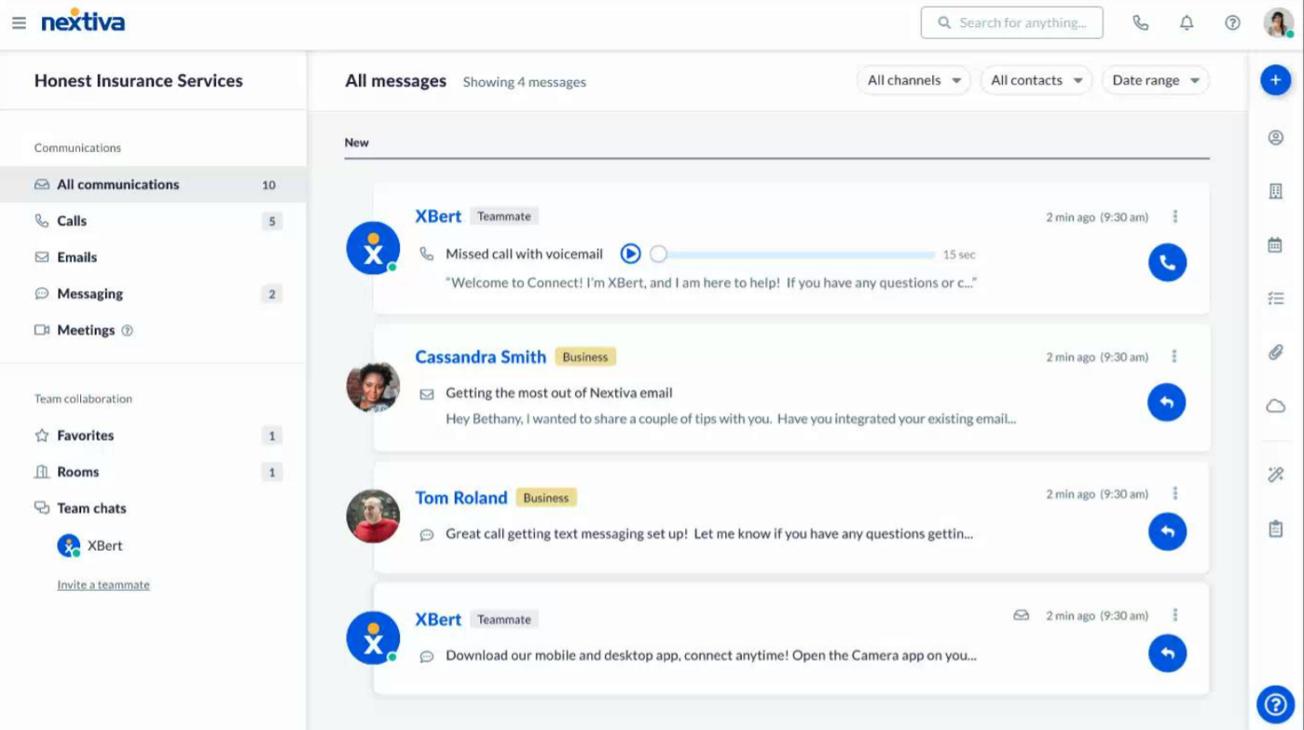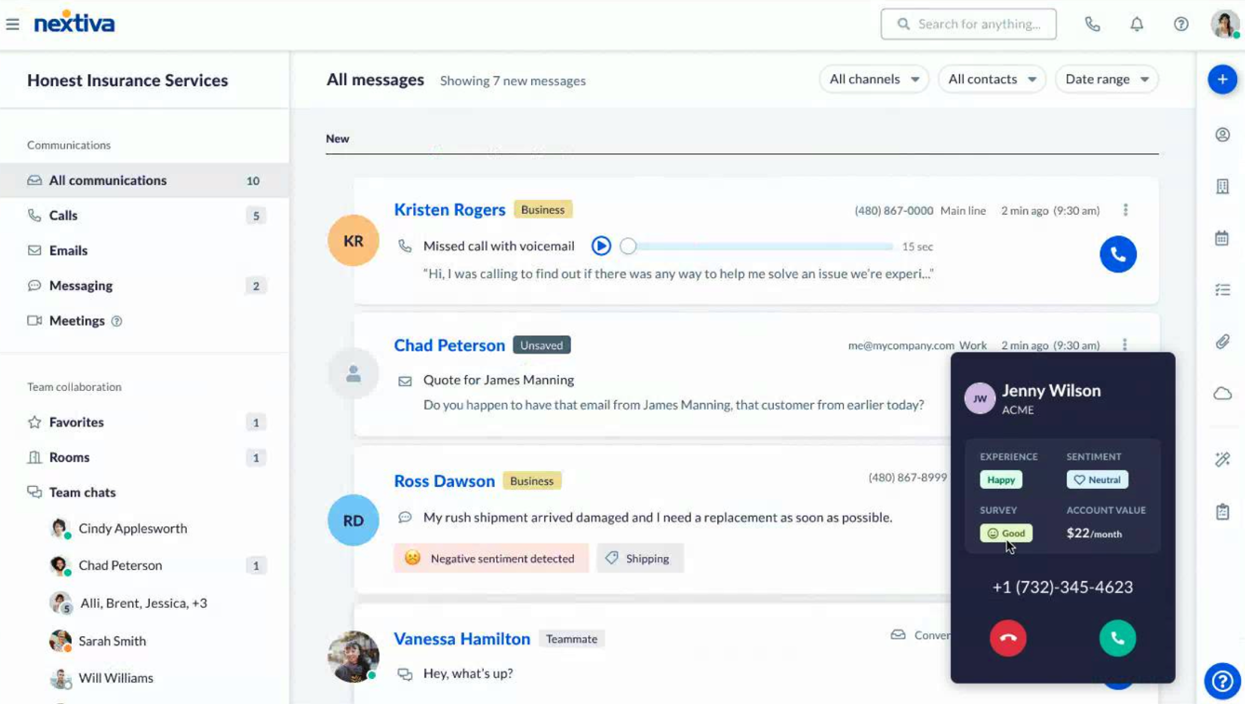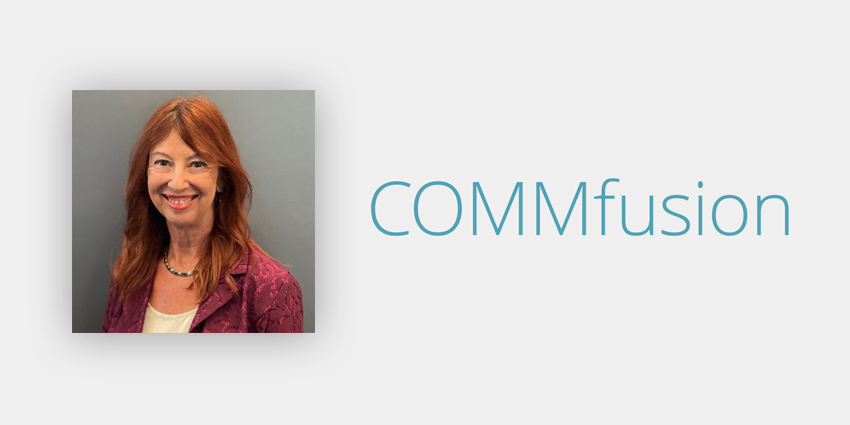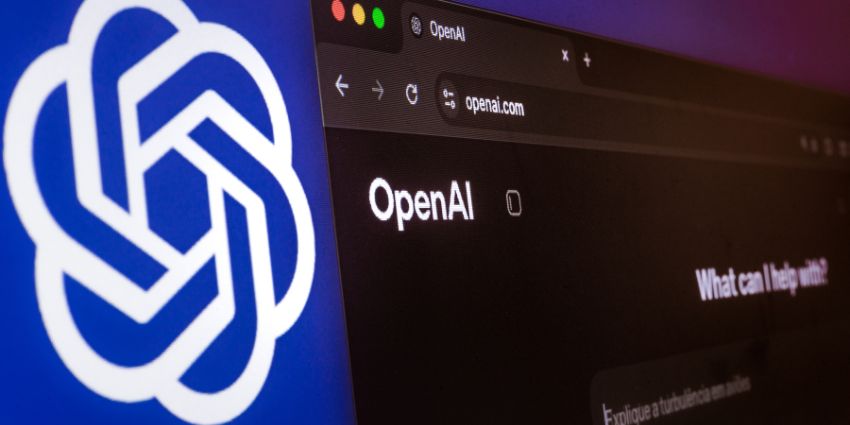How many apps do you have on your mobile device? How many applications do you use on a daily basis to get your work done? And how many different ways do you communicate with colleagues, customers, and partners? I bet the answer is more than you’d like. Today’s workers are overwhelmed with the various applications and communication channels we rely on each and every day. “App overload” is real – and businesses are suffering from having too many applications that actually destroy productivity rather than improve it.
Many vendors have tried to tackle this issue by bundling various capabilities into single productivity packages. Microsoft, Google, and Zoho keep expanding their business productivity suites, for example. On the employee experience and communication side, unified communication suites keep expanding, adding team collaboration, meetings, events, and more, as evidenced by Zoom, Cisco, Microsoft, RingCentral, and others.
On the customer experience front, cloud contact center vendors have been adding and integrating additional communication channels that were previously siloed, as well as adding workforce optimization and workforce engagement capabilities, while CRM vendors have expanded their portfolios to include contact center and customer engagement capabilities.
And, of course, unified communications and contact center capabilities have been converging as vendors offer integrated UCaaS and CCaaS platforms to provide all-in-one solutions for customers.
While these attempts at integration and convergence have made things easier for customers, silos still remain, especially when it comes to internal and external communications. Contact centers have one set of tools, while knowledge workers have another set of tools, making it hard to provide an optimal customer or employee experience.
Why don’t knowledge workers and teams outside of the contact center have access to screen pop capabilities? Why don’t contact center agents and workers have access to team collaboration and productivity tools? Why are different communication channels handled separately, with no holistic view of conversations?
And more importantly, why isn’t conversation context maintained when interactions take place on different channels or move from one channel to another?
A New Collaboration Player in Town
Nextiva plans on changing all of this with the new NextivaONE, positioned as a “work hub” for communication, collaboration, and customer engagement.
Long known for its cloud voice and telephony capabilities, Nextiva is expanding to team collaboration, bridging team collaboration with customer communications and customer management capabilities. NextivaONE provides a single view or canvas for voice, text, email, and video interactions, along with Nextiva’s contact management and customer engagement tools.
Nextiva notes that this new software lets individuals and teams manage all conversations from a single place, boosting worker productivity and customer engagement, solve the challenges of application overload, siloed data, and expensive, clunky integrations.
According to Nextiva, businesses need tools that help teams work together and engage more meaningfully with customers. Too often, customers have to deal with separate team collaboration, and customer engagement capabilities when they really needed is a more consolidated solution that eliminates the need for app switching. Breaking down communication silos, NextivaONE brings together team collaboration with customer engagement to improve internal team and external customer conversations and eliminating the need for separate and siloed communication tools.
NextivaONE adds internally-developed productivity tools, including team collaboration, persistent rooms, video meetings, file sharing, and more. The key differentiation is threaded conversations, bringing all communications together in a single view and providing context, regardless of which the channel was used to initiate or continue the conversation.
Despite the fact that NextivaONE was just released, Nextiva notes that after the first month, the company is nearing 25,000 customers on the new platform. Users have added or integrated more than 2.5 million contacts, enabling the rich context of threaded conversation views across phone, voicemail, text, chat, video, and email. Clearly, customers are hungry for simplicity, ease of use, and integrated communication tools.

While the new browser-based collaboration tools don’t have all of the bells and whistles of more mature applications (there are no virtual backgrounds, for example), they provide an alternative to multiple applications such as Zoom and Slack, adding several new capabilities. The “conversation view” is the single place to view all messages, notes, chats, texts, video meetings, etc., along with contact management, productivity tools, and customer engagement tools such as customer surveys. Conversations can be picked up and moved from one channel to another. Users can add notes that are searchable and retained with the conversation, even when moving to different channels. This helps to maintain context across channels while threading all chats, texts, and video meetings into conversations. Files, messages, links, notes, attachments, and recordings can be tied in together with conversations. The conversation view or canvas remains consistent while providing context based on the interaction.
My favorite feature is the integration with Nextiva’s customer engagement capabilities, including surveys, customer feedback, customer sentiment, customer-based automations, and call or screen pop. For example, surveys and customer feedback can be directly embedded into customer conversations. Finally – screen pops not just for contact center users but for everyone! Sentiment analysis is becoming common within the contact center, but NextivaONE makes these capabilities available for any interaction. Users can view the caller’s sentiment score, which is based on a complex algorithm, as opposed to being based simply on the caller’s last interaction.

Nextiva has made a giant leap by bringing all the communication channels together and adding team productivity and customer engagement, eliminating the need for users to pivot between different tools. According to CMO Chris Reaburn, as a work hub, NextivaONE provides a single tool that does multiple functions, enabling users to view all types of messages, contacts, calendars, etc., on a single screen.
What started as a VoIP telephony solution has morphed into a complete solution bringing together team collaboration with customer engagement capabilities. At long last – knowledge workers have access to key contact center and customer experience capabilities, enhancing internal and external communications and engagement.







